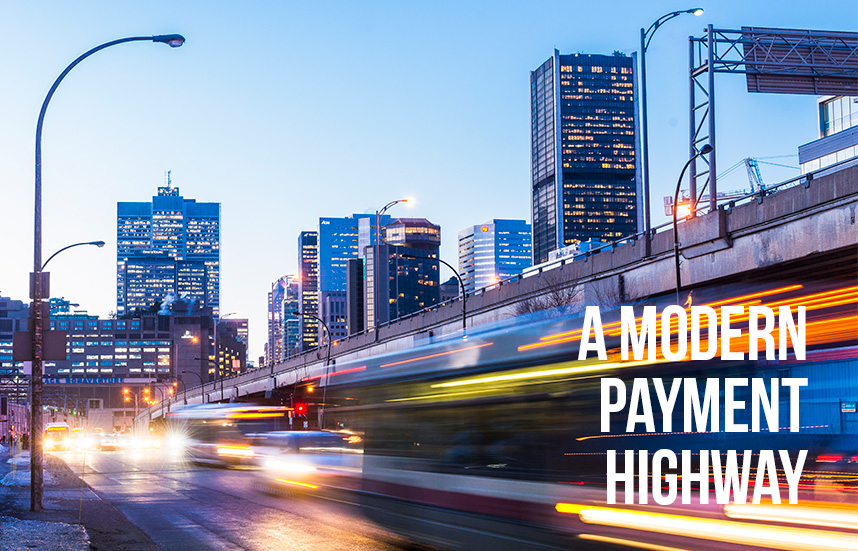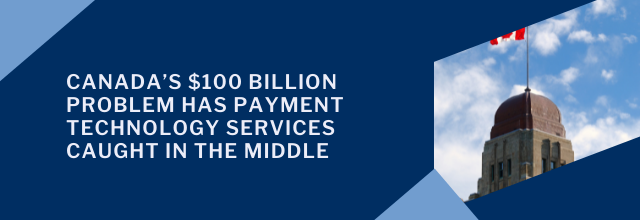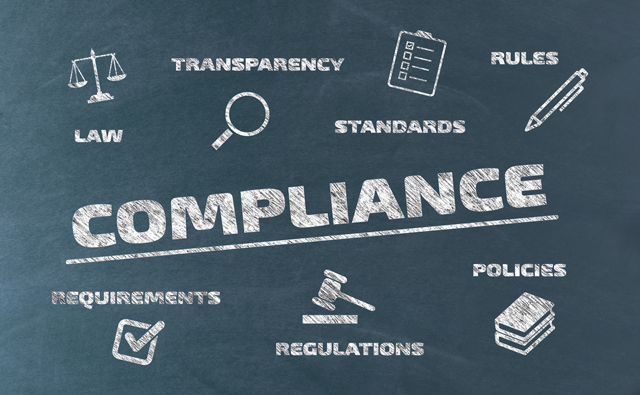
When Canadians think of infrastructure what typically first comes to mind are the roads and bridges that are used daily to get to work, the grocery store and home. This physical infrastructure allows for the movement of goods and services across the country and internationally on a daily basis. When this infrastructure starts to show its age, it can impact this flow of goods and services that our economy relies on. Annually billions of dollars are promised by our leaders and reinvested into upgrading and modernizing this essential infrastructure.
The Canadian payments infrastructure is less commonly thought of by Canadians but no less important in facilitating and supporting the movement of goods and services in Canada. The payments infrastructure in Canada cleared $49.6 trillion dollars in 2015; so if you have initiated a bill payment, funds transfer or received your paycheque by direct deposit your transaction is among trillions that have taken a ride on a virtual payments highway maintained and operated by Payments Canada (formerly the Canadian Payments Association or CPA).
When electronic payments are initiated in most cases, they are utilizing a platform provided by a financial institution or an independent third-party payment processor such as Telpay. These front-end payment processors receive your payment instructions and then push them into the Canadian Clearing System for clearing and settlement. All payments that travel on this virtual highway are subject to rules and regulations established by Payments Canada. These rules influence your payment’s journey, for example, their speed of settlement, the timely resolution of items that are returned and the general oversight of payments processors who handle your payments.
Continue reading →



